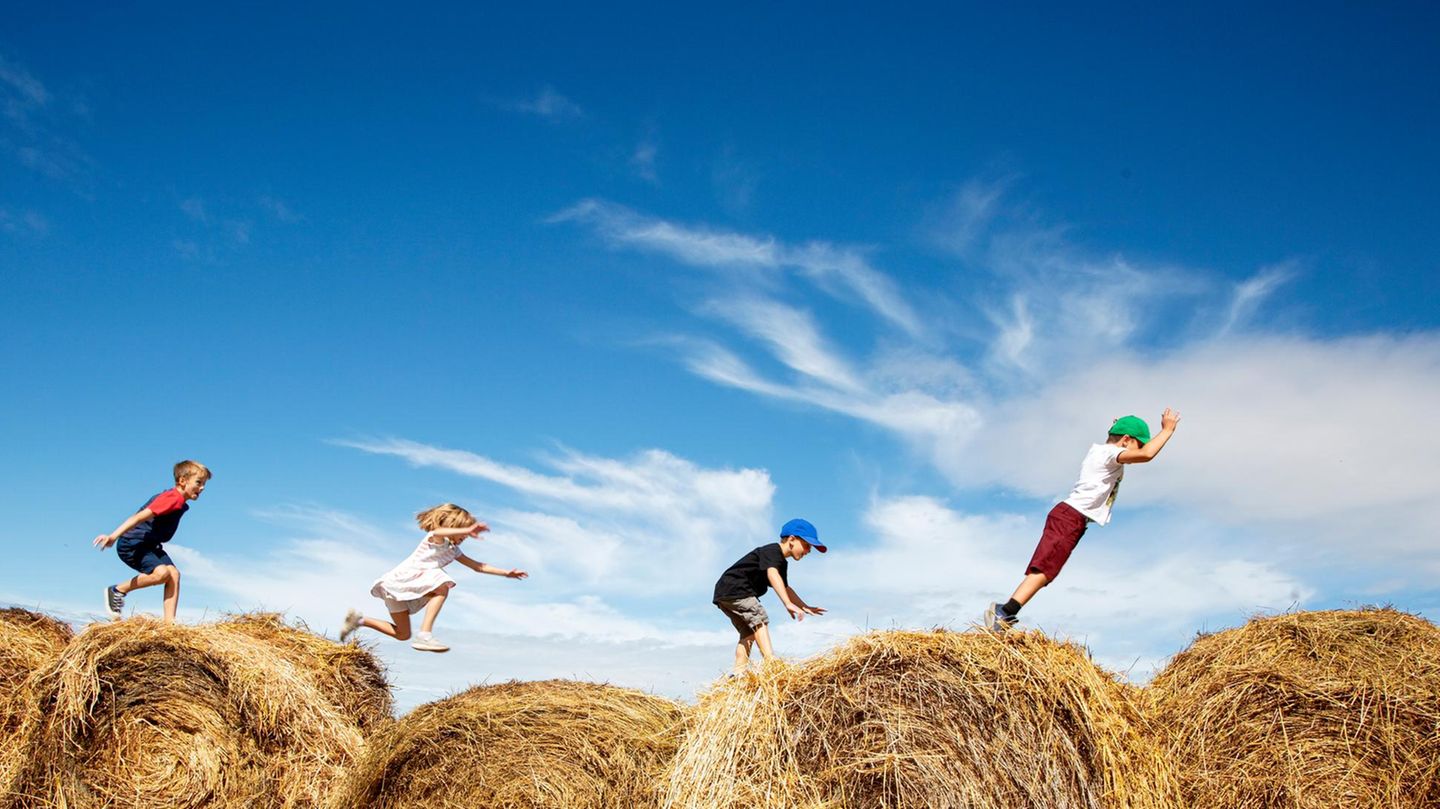allergy
Why do so many people have hay fever?
Copy the current link
Add to the memorial list
Twelve million people in Germany suffer from hay fever. Researchers examine the reasons for pollen allergy: from genetic factors to hygiene to nutrition.
Haaaaaaaaatschi! Not everyone is happy about spring – some people even react quite sniffly to the awakening of nature. No wonder: you have hay fever. Your body holds the actually harmless pollen, which are currently releasing many trees and plants, to be threatening, reacts over and ultimately ensures unpleasant running noses and itchy eyes. But where does this misunderstanding come from? In recent years, science has found a lot about the causes of allergies.
The influence of genes
Some people have the tendency to react allergic to substances from the environment. Children, for example, tend to develop an allergy when the parents are ill. Gender also plays a role: the risk of an allergy in girls seems bigger if their mother has an allergy. Conversely, the sons showed a higher risk in the study, but not the daughters of affected fathers.
On the other hand, one speaks of epigenetics when environmental influences do not change the genes. In this way, pregnant women cause changes in the embryo that increase the asthmarisic of their children and child children to the third generation.
Too much hygiene
Another piece of the puzzle could be the contact with dirt and microbes. Since the late 1980s there has been hygiene theory, according to which the immune system could be underwhelmed by excessive hygiene. In fact, it is known that children who grow up on a farm have a smaller risk of developing allergies – with hay fever, the risk is even halved in some studies. Above all, the stay in cowstalls and drinking raw milk probably plays a significant role. Microorganisms such as bacteria, fungi or worms also seem to have a protective effect compared to allergies. It fits that children with many siblings fall less often, presumably because their immune system has to deal more often with infectious agents.
The wrong nutrition
Chinese researchers recently came to the conclusion that the regular consumption of fast food could promote the origin of allergies. They evaluated 16 studies with a total of over 600,000 participants for their review. People who consume fast food at least three times a week afterwards suffer from shortness of breath, asthma and allergic runny nose and rashes such as neurodermatitis. An explanation for this could be harmful changes in the microbiome. They have long been suspected of preparing allergies. On the other hand, a good settlement with lactobacilli, i.e. lactic acid bacteria, seems to have a positive effect on the symptoms of hay fever.
Pollutants as a hay fever risk
The use of fertilizers could also make life difficult for allergy sufferers. For the first time, a team of researchers from Belgium compared the pollen of unfermented and fertilized grass areas directly. With a converted vacuum cleaner, the team collected pollen samples from meadows. They were able to collect significantly more pollen on fertilized surfaces – around six times as much as on undressed areas.
And then there would be climate change
Heat, air pollution and drought, the plants stress, which makes their pollen more aggressive. If the carbon dioxide content in the atmosphere increases, many plants also grow better. So you can also produce larger quantities of pollen. In ten pollen types, experts have measured significant increase in the past few years, including alder, birch, hazel, ash, plane tree, oak and cypress plants.
Milder temperatures in winter also mean that the pollen season starts earlier and lasts longer. The hazel blossom begins a month earlier compared to 1951. The pollen of alder, birch, beech and oak also fly through the air earlier a year. Some grasses, herbs or late bloomers like the Spitzwegerich still cause problems until autumn.
In addition, with the changed conditions, plants from other countries that can trigger hay fever also become at home in this country. The best example of this is Ambrosia Artemisiifolia, the mugwort leafy grape herb – your pollen is among the strongest allergy damage. In 2024, the plants experienced an increase of around 500 percent compared to the previous year.
Source: Stern
I’m Caroline, a journalist and author for 24 Hours Worlds. I specialize in health-related news and stories, bringing real-world impact to readers across the globe. With my experience in journalism and writing in both print and online formats, I strive to provide reliable information that resonates with audiences from all walks of life.




